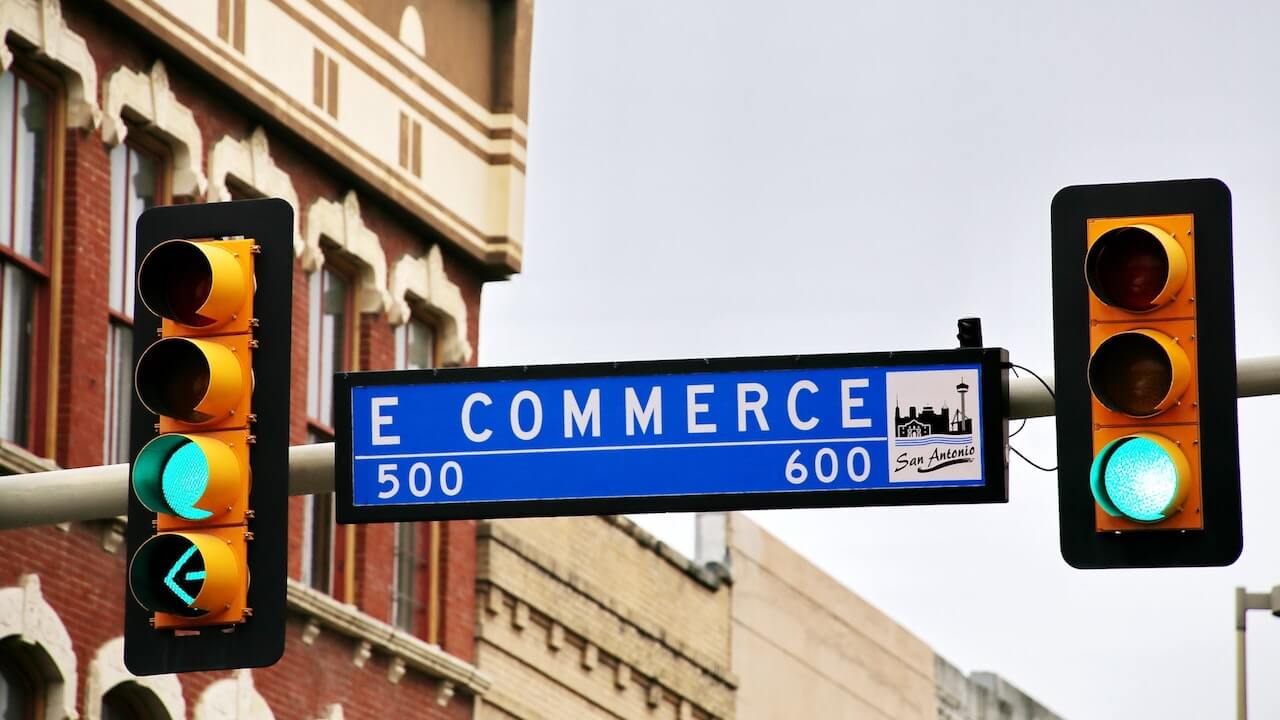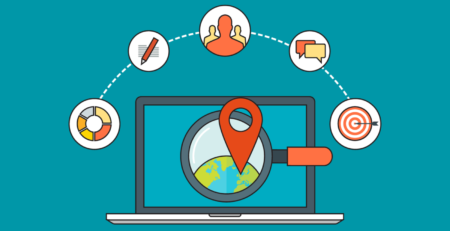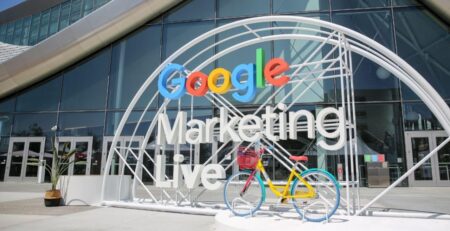E-commerce SEO Tips That Will Boost Your Revenue
Want to know a secret? The key to the success of your eCommerce business isn’t having the best product or branding, or even the most attractive website! It has everything to do with your ability to attract customers to your site.
That’s right!
Optimizing your eCommerce store leads to ranking high in search results, which leads to more clicks and conversions, which leads to more sales. That’s it!
The only challenge to boost your eCommerce revenue? Rank higher so that the right customers can find you. But how can you achieve that? Read on for tips on how you can improve your eCommerce SEO.
Why Does SEO Matter for e-Commerce Businesses?
You probably already know this, but a short refresher won’t hurt. eCommerce SEO is the process of increasing your online store’s visibility in the search engine result pages (SERPs). You want customers to easily find your product or service, otherwise, you won’t make as many sales as you’d want.
That said, you may wonder why e-commerce SEO matters.
Well, the online economy witnessed a dramatic boom since the Covid-19 pandemic, with global e-commerce sales jumping to $29.7 trillion, a UN survey found. This proves that more and more consumers are shifting to online shopping. It’s no surprise that we are seeing a surge in digital marketers all over the globe.
Of course, this increases competition for consumers, and only digital marketers who utilize search engine optimization have a real chance of thriving. SEO enables you to rank higher, making you more discoverable.
So, what does this mean for your eCommerce site? When a customer searches for a specific keyword and your website is among those on Google’s first page of search results, or better still, the highest ranking, they are 10 times more likely to shop from it.
According to a survey published by SEJ, which analyzed over 80 million keywords and billions of search results, results on the second page of Google have a one percent click-through rate. In other words, users rarely venture into the second page of Google’s search results. That’s how impactful e-commerce SEO is.
E-commerce SEO Tips to Boost Revenue for Your Business
Below, we share the best SEO tips to attract more traffic and increase your revenue from sales.
Optimize for mobile
Here are some interesting facts:
- Worldwide, around 30 percent of internet users used their mobile devices to purchase an item every week in 2021. (Statista)
- Mobile devices comprised 59 percent of web traffic in the second quarter of 2022. (Statista)
- By 2021, 85 percent of US adults owned a smartphone and 53 percent a tablet. (Pew Research)
- In 2022, US mobile retail sales are estimated at over $431 billion, nearly double the amount in 2019. (Statista)
From these surveys, one thing is clear – shopping via mobile devices is increasingly becoming a common trend. With the average American checking their phones an average of 344 times per day, you want to optimize your e-commerce site for mobile shopping.
So, to ensure your website ranks well in search, appeals to your customers, and boosts your mobile sales, it has to be accessible and optimized for mobile users.
How? By:
- Utilizing easy-to-read fonts that are legible on any screen.
- Using Google’s Mobile-Friendly Test to check if your web page is mobile-friendly.
- Verifying any changes you make to your website on desktop and mobile.
- Using square and vertical images because they can be easily seen on smaller screens.
- Selecting a responsive theme for your online store.
- Paying attention to pop-ups, ads, and other items, so they don’t obstruct views on mobile screens.
- Checking your page’s load speed using Google’s PageSpeed Insights and making sure you optimize it. The shorter the load time, the higher the conversion rate.
- Implementing a one-click or express checkout option to shorten the checkout process.
If you’re using Shopify, you can optimize your store’s speed by:
- Disabling any apps you don’t use
- Sizing your product images down for web usage
- Disabling theme features you are not using
Optimize your product pages
The main purpose of your e-commerce store is to sell your product or service. So, you want to optimize your product pages to ensure they get the most traffic.
The product pages must contain rich information for each product to make them discoverable by Google, and subsequently your potential customers. Here are a few tips to help you optimize your product pages:
- Product name. Did you know your product’s name also doubles as the SEO title and the product’s page URL? That’s why you must use a common keyword for your products. For example, if you’re selling jewelry, be sure to include the word “jewelry” in the product name.
- Images. Images serve a crucial part in attracting customers to your site. It’s the first thing that customers will look at when they visit your web page. In fact, an e-commerce site with no images at all has zero chance of making any sales. That’s why you should focus on adding high-quality images to your product pages. But don’t stop there. Optimize those images by using the product name and the main keyword on the image. For example, instead of adding an image labeled IMG0100.jpg, change it to Kiki Summer Earrings or Elephant Africa T-Shirt.
- Add videos. A short video clip about your product, a product guide (how-to), or testimonials can persuade your customer to make a purchase. YouTube videos can also be excellent options when you want to introduce products and educate customers.
- Add genuine customer reviews. You’ll be surprised at how many people rely on a product’s review to make a buying decision.
- FAQ page. What are some of the most common questions your customers might have about your products? Provide the answers on the FAQ page to boost their confidence.
Use rich snippets
Rich snippets are enhanced Google search results that display more details about a website than the average link. The results are termed ‘rich’ since they can include ratings, product price, images, product details, locations, shipping times, availability, and more.
They allow you to make your product stand out more in search results by providing shoppers with additional information about your product and, hence, increasing the click-through rate.
To get a rich snippet, you need to add structured data to your webpage’s source code. Structured data is a type of coding that highlights specific types of data about your web page’s content to search engines. This makes it easier for Google to understand the context of the specific data.
To create rich snippets, you can write the markup code from scratch or use Google’s Structured Data Markup Helper.
Some of the must-have rich snippets for an e-commerce store include:
- Review snippets
- Shipping snippets
- Location snippets
- Offer snippets
- Product snippets
Focus on your site’s speed
Let’s be honest. No customer has the patience to wait for a page that’s taking too long to load, especially when they have more than a dozen other online shops to check out.
A 2019 survey by Unbounce revealed that 70 percent of consumers admitted that a site’s speed impacted their willingness to buy from an online retailer. Another study by Google found that 53 percent of mobile site visitors would leave a page that takes longer than three seconds to load.
Therefore, to ensure a greater shopping experience, you may want to focus on improving your page’s loading speed. To do so, eliminate as many unnecessary elements from your web page as possible. These include reducing image size and dimensions and redirects.
Use local SEO
Usually, at least when starting out, you’ll mostly be selling to customers from your region. That’s where local SEO comes in handy. It’s an SEO strategy that improves the visibility of your business in local search results on search engines.
So, how do you implement and improve your local search rankings?
In a nutshell, it boils down to three major elements, summarized as NAP:
- Name: your business must have a name.
- Address: your business must have a physical address
- Phone number: your business must have a local phone number that matches your location
But that’s just the tip of the iceberg. There are other factors to take into consideration in your local SEO efforts. These include:
- Having a listing in Google My Business
- Optimizing online directories and citations
- Performing a local SEO audit
- Creating high-quality content
- Improving your internal linking structure
Don’t forget about call-to-actions (CTAs)
Placing call-to-action buttons strategically on every page of your e-commerce site helps steer the customer toward the most crucial part of your conversion funnel. Using CTAs effectively can be instrumental in increasing your online sales.
Just be sure the actions you recommend align with the visitor’s interest. For example, a visitor on product pages is likely interested in buying, and a CTA like “Buy this Product” or “Order Now” is more appropriate. Someone on your blog page might be looking for more information about your products, and a CTA like “See Our Top Selling Item”, “Find Out More”, or “Show Me How” will work best.
In Conclusion…
It doesn’t matter where your level of business is at right now. You can make a 360-degree turn and start experiencing increased traffic and sales by approaching your SEO strategy the right way.










